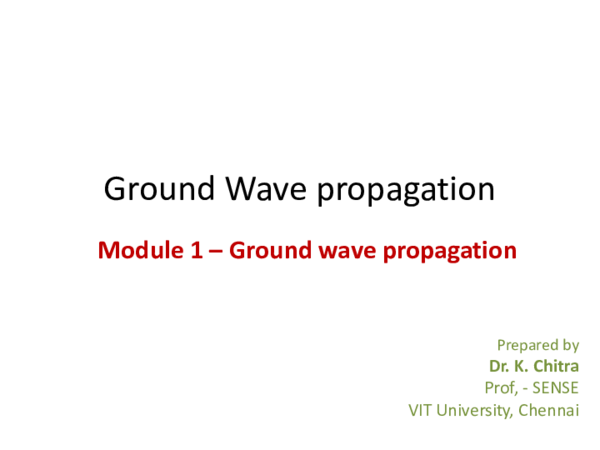

electromagnetic waves with the electric field in the horizontal plane.

It picks up and radiates horizontally polarised signals, i.e. Horizontal polarisation: This form of antenna polarisation has horizontal elements.It is characterised by the fact that all of the radiation is in one plane - hence the term linear: Linear polarisation: Linear polarisation is the most common form of antenna polarisation.Along with this the relevant antennas have corresponding polarisations. There are several categories of polarisation, and within each type there are several sub categories. In general the advantages and disadvantages of the various forms of polarisation are relatively subtle, but form some forms of broadcasting, wireless links of for radio communications or mobile communications systems these small differences can make a large difference. This means that for some forms of broadcasting, radio communications or for some wireless systems, different forms of polarisation may be used. Polarisation categoriesĭifferent types of electromagnetic wave polarisation propagate in slightly different ways under some circumstances.
#Antenna and wave propagation ppt plus#
As the received signal is the sum of the direct signal plus a number of reflected signals the overall polarisation of the signal can change slightly although it remains broadly the same. However reflections from objects in the path can change the polarisation. cross-polarised) then in theory no signal would be received.įor terrestrial radio communications applications it is found that once a signal has been transmitted then its polarisation will remain broadly the same. If they were at right angles to one another (i.e.
#Antenna and wave propagation ppt free#
It is reduced by a factor of cosine of the angle between the polarisation of the RF antenna and the signal.Īccordingly the polarisation of the antennas located in free space is very important, and obviously they should be in exactly the same plane to provide the optimum signal. If the RF antenna polarization does not match that of the signal there is a corresponding decrease in the level of the signal. In this way the maximum signal is obtained. It is important to match the polarization of the RF antenna to that of the incoming signal. one with vertical elements) will receive vertically polarised signals best and similarly a horizontal antenna will receive horizontally polarised signals. It is simply in the same plane as the elements of the antenna. This is important when looking at antennas because they are sensitive to polarisation, and generally only receive or transmit a signal with a particular polarization.įor most antennas it is very easy to determine the polarization. Antenna polarisation basicsįor the electromagnetic wave the polarization is effectively the plane in which the electric wave vibrates. Nevertheless, the polarisation of the antenna is still important.

That said, many wireless and mobile phone systems may rely on the fact that there are likely to be many reflections between the transmitter and the receiver and these will tend to mean that a signal will have a particular polarisation when it reaches the receiver. Radio antennas with a particular polarisation will not be effective receiving electromagnetic wave signals with a different polarisation.

When designing an antenna, deciding on a particular form of antenna, it is important to understand which way it needs to be polarised. Some antennas are vertically polarised, others horizontal, and yet other antenna types have different forms of polarisation. Antenna Polarization Radio antennas are sensitive to the polarisation of electromagnetic wave and this is an important aspect of their operation.īasic antenna theory Polarisation Resonance & bandwidth Gain & directivity Feed impedanceĪntenna polarisation is an important factor when designing and erecting radio antennas or even incorporating them into small wireless or mobile communications systems.


 0 kommentar(er)
0 kommentar(er)
